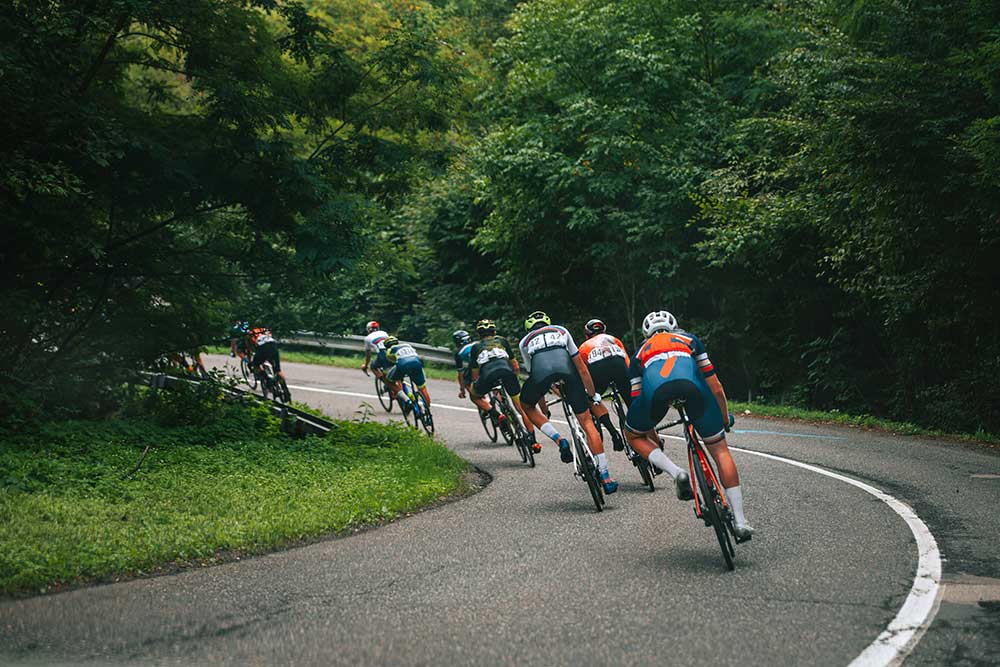
Dr. Richard Cunningham of Vail-Summit Orthopaedics & Neurosurgery (VSON) is no stranger to helping active individuals recover from orthopedic injuries—especially those that affect their ability to return to the sports and hobbies they love. One question that comes up in his clinic is: “Can I ride a bike after a shoulder dislocation?”
Whether you’re a mountain biker, road cyclist, or weekend cruiser, protecting your shoulder joint after an injury is crucial. In this post, Dr. Cunningham explores what to consider before getting back in the saddle—and what to watch out for when dealing with cycling sore shoulders.
Understanding Shoulder Dislocations
A shoulder dislocation happens when the upper arm bone (humerus) pops out of the shoulder socket (glenoid)—often during a fall or impact. Most shoulder dislocations are anterior dislocations, in which the humerus comes out the front of socket. It’s a common injury in sports, especially cycling, snowboarding, skiing, and contact sports. Dr. Cunningham explains, “After the initial injury, the shoulder joint is vulnerable and can re-dislocate more easily.”
This is particularly important when it comes to mountain biking after your shoulder dislocates. Even though cycling may seem like a low-impact activity, the demands on your upper body—especially during climbs, descents, and navigating technical terrain—can place real stress on your shoulder joint.
When Is It Safe to Ride Again?
While it may be tempting to get back on the bike as soon as the pain fades, Dr. Cunningham emphasizes the importance of proper healing and rehabilitation. “Just because you can move your shoulder doesn’t mean it’s ready for the demands of technical cycling,” he says.
It is key to take some time, often a few weeks, to regain shoulder range of motion, strength, and joint stability before returning to full activity. Jumping into cycling soon after a first time shoulder dislocation may lead to another dislocation and then further episodes of shoulder instability.
Things to Consider Before Getting Back on the Bike
If you’re wondering whether biking after shoulder pops out is safe, here are some factors to assess first:
- Range of Motion: Have you regained full, normal shoulder range of motion without experiencing significant pain?
- Shoulder Strength: Have you regained close to normal shoulder strength or do you still have significant shoulder strength deficits? If you have a persistent loss of strength, you may have also suffered a rotator cuff tear in addition to your dislocation.
- Type of Cycling: Road biking is more forgiving than aggressive mountain biking or downhill riding.
- Physician Clearance: Dr. Cunningham recommends undergoing an orthopedic evaluation to determine if you sustained a fracture or rotator cuff tear as a result of your dislocation.
Trying cycling after shoulder dislocation without meeting these checkpoints can lead to prolonged recovery—or reinjury.
When Surgery Might Be Necessary
For some patients—especially younger athletes or those with recurrent dislocations—surgery may be recommended to restore shoulder stability and to avoid further damage. Dr. Cunningham specializes in both arthroscopic shoulder stabilization procedures.
“Long-term joint health is the priority,” he says, “but our goal is also to get you back to the activities you love —including cycling.”
Top Shoulder Specialist in Colorado – Richard Cunningham, MD
If you’re wondering when you can return to cycling after sustaining a shoulder dislocation, Dr. Cunningham can help you make informed, confident decisions.
Don’t guess—get expert advice and a clear path forward from one of Colorado’s leading orthopedic surgeons. Reach out to Dr. Cunningham today to schedule your consultation.
